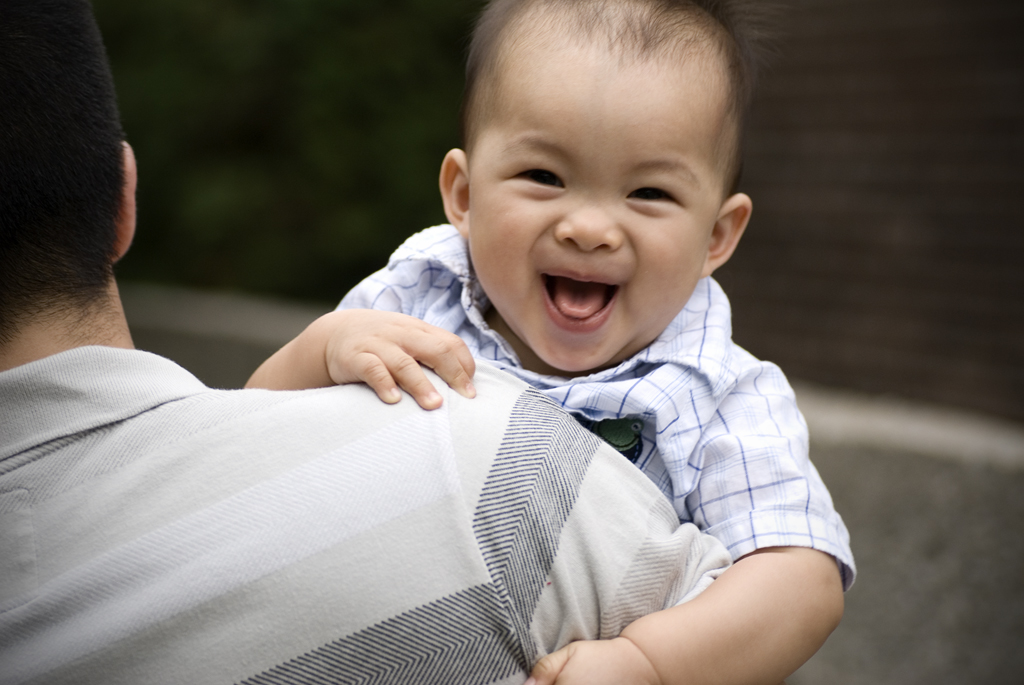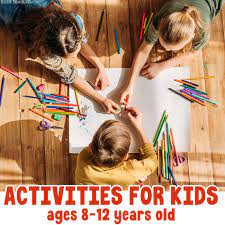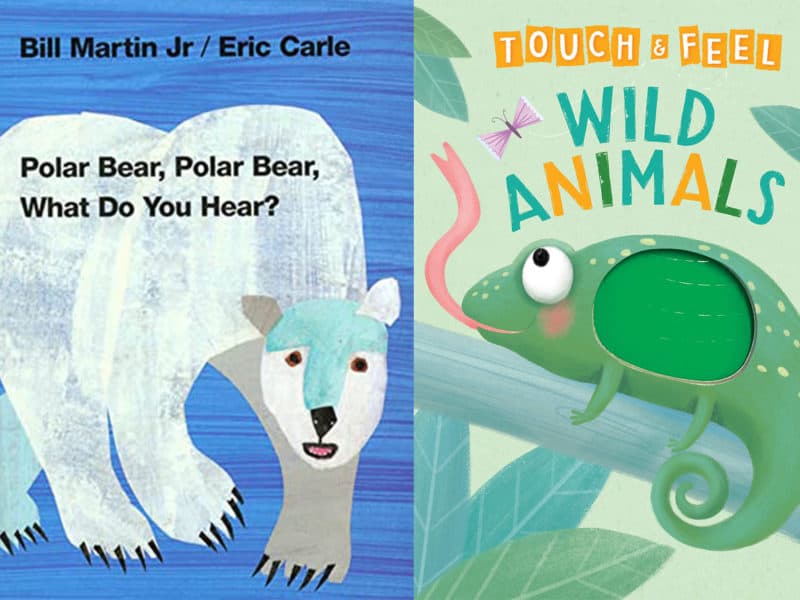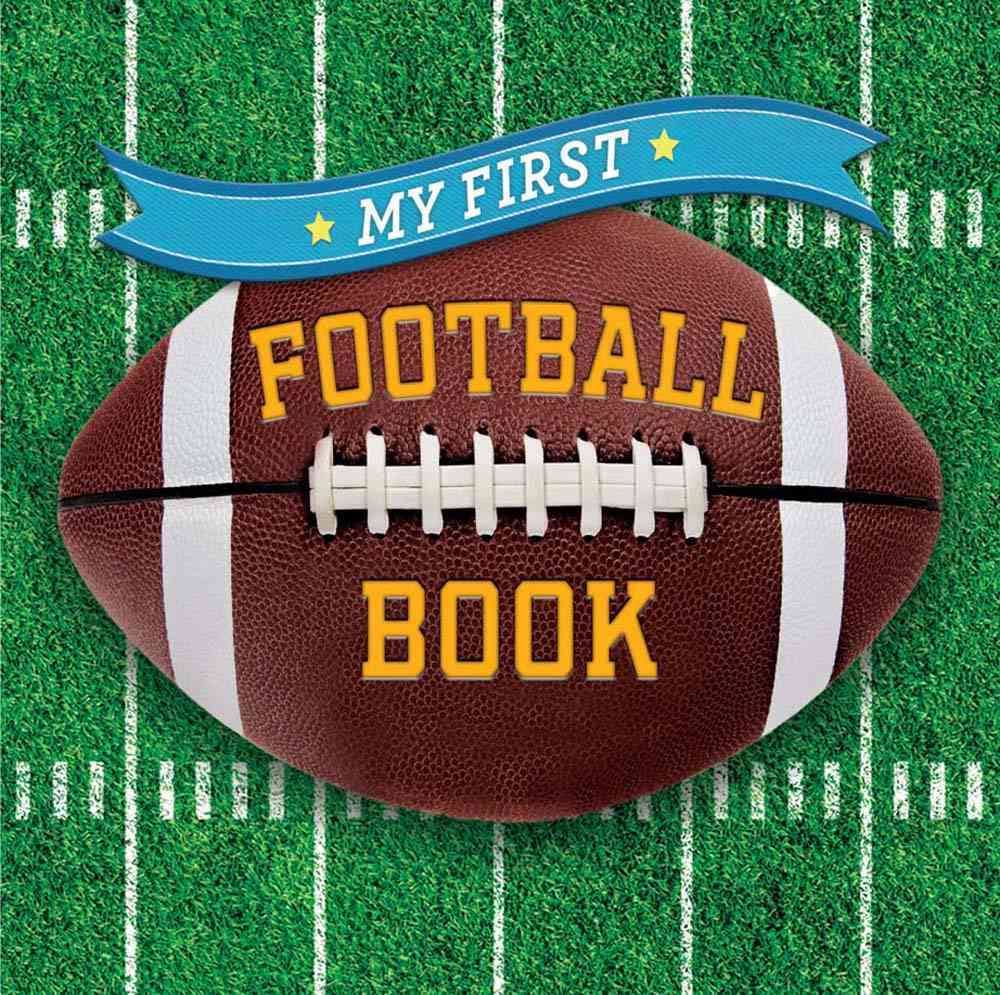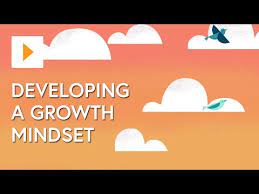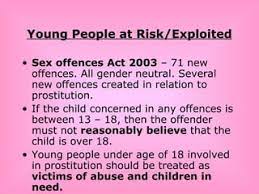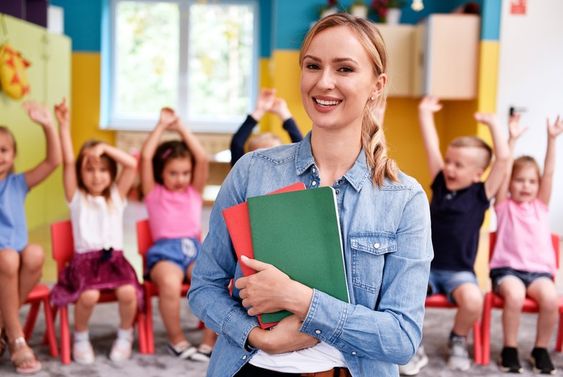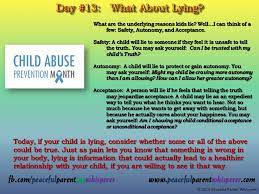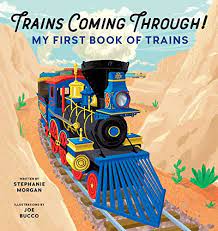Introduction: Teaching children the joy of giving and spreading kindness can help them grow into empathetic, compassionate adults. Here are 30 charitable activities that kids can engage in to learn about giving back to their community and helping others in need.
1. Organize a lemonade stand or bake sale for a local charity.
2. Collect canned goods for a food drive.
3. Donate gently used clothes and toys to local shelters or organizations.
4. Create handmade cards for hospital patients or senior citizens.
5. Volunteer at a soup kitchen or food pantry.
6. Plant flowers or trees in public spaces.
7. Start a neighborhood clean-up initiative.
8. Sponsor a child through a global charity organization.
9. Participate in a charity walk or run.
10. Offer your skills, such as teaching an instrument, for free at neighborhood events or community centers.
11. Adopt an animal from a shelter and donate to support their care.
12. Create care packages for homeless individuals.
13. Join or start a “pay it forward” movement in your community, by doing random acts of kindness for others.
14. Organize an event to raise awareness about a cause close to your heart.
15. Help an elderly neighbor with their yard work or errands.
16. Tutor younger children in your community for free.
17. Gather donations for disaster relief efforts when needed.
18. Host a book drive to collect and donate books to local schools, libraries, or shelters.
19. Visit senior living facilities and volunteer your time by playing games, reading, or just chatting with residents who may feel lonely.
20. Mentor new students at your school, helping them adjust to the new environment and make friends more easily.
21.Assist with local animal shelters by walking dogs or cleaning enclosures during weekends
22.Participate in volunteer days at natural parks to help maintain trails and restore habitats.
23.Technology drives where older electronics can be donated to local schools or community organizations in need.
24.Paint a mural for a non-profit organization’s office, school, or community center that promotes positivity and inclusivity.
25.Assist in organizing a charity auction with the proceeds going to a chosen cause.
26.Set up a “kindness rocks project” by painting rocks with inspiring messages and hiding them around your neighborhood for others to find and spread joy.
27.Connect with pen pals from different countries, exchange letters filled with kindness and learning about each other’s cultures.
28.Join a non-profit volunteer organization geared towards kids, like local chapters of Kids Helping Kids or similar groups.
29.Create bracelets, hair ties, or other small crafts to sell as fundraisers for schools in need of supplies or arts programs.
30.Offer to read stories to younger children at the local library during storytime events as a volunteer.
Conclusion: Encouraging kids to participate in charitable activities not only helps those in need but also instills essential values that last a lifetime. Any of these 30 activities can be an excellent starting point for children to discover the joy of giving back and helping others.


